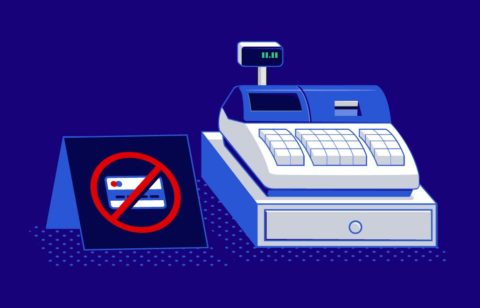Millions of Americans are struggling with credit card debt. In fact, the average credit card balance for most Americans is over $6,000. The coronavirus has made this situation even worse, with over 51 million people adding even more to their credit card balances due to the pandemic. Therefore, if you’re one of the people in a bad situation because of credit card debt, you’re not alone. Additionally, if you want to change your financial situation, you have many options for dealing with debt. Some of them you can use to start paying down those credit cards right this instant. If you want to learn how to fight credit card debt, here are some good places to start.
Bootstrapping
If your credit card balances have ballooned over the past year, one of the first things you should consider doing is changing your habits to address the debt, a strategy often called bootstrapping. If you focus on the current balances and make clear goals for reducing them, you may be able to deal with those debts without any additional assistance or actions. Bootstrapping may involve adjusting your budget and reducing spending on superfluous activities that you can do without, such as expensive lunch and dinner excursions. It may also involve increasing your hours at your current job or taking on a side hustle or part-time job to make extra money to pay down your debts. However, if your balances are too high to pay down in this manner, or you’re having trouble managing your debts in relation to the rest of your finances, you may need to consider other ways to fight credit card debt.
Credit Counselors
When it comes to figuring out how to fight credit card debt, you definitely don’t have to go it alone. Many organizations offer credit counseling, which can be just what you need to make a plan to pay off your debts. Credit counselors can help analyze your current debts, and then determine the best methods to deal with them. They can also help consumers develop better financial habits to stay out of credit card debt once they pay off those high balances, or to keep from getting into a bad situation with their credit cards in the first place. Many credit counselors work for non-profit organizations, so their services are often low-priced or even free. If nothing else, talking to a credit counselor can help you gain a better understanding of your current financial situation, so you can determine the best way to start addressing your debt problems.
Debt Consolidation
Many borrowers who find themselves deep in credit card debt also consider debt consolidation. A debt consolidation loan combines all of a borrowers’ credit card debt into a single new loan. In most cases, that loan will have a lower interest rate and longer time horizon for payback, so the monthly payment will be much lower and easier to manage in relation to other bills. Sometimes, borrowers use a balance transfer. Streamlining several credit card balances into a new single loan can make it easier to track your debts and less likely to have a late payment. However, if you choose debt consolidation, the longer repayment horizon means you’ll be in debt longer, which could be a problem. Finally, if your debt situation has led you to have poor credit, it may be difficult to get a debt consolidation loan in the first place, so you’ll have to figure out how to fight credit card debt in other ways.
Debt Settlement
If you don’t feel you can manage to repay your credit card debt on your own, or you can’t qualify for a debt consolidation loan, another option is debt settlement, offered by the team at National Debt Relief. When you use this technique, a debt settlement specialist takes control of your credit card and other debt accounts and works directly with your creditors to negotiate debt repayment terms. In some cases, debt settlement specialists can get creditors to reduce payments or the balances due; they may even be able to get creditors to forgive some level of remaining debt on your account. However, working with a debt settlement company often requires you to cease debt payments while negotiations are ongoing, which can damage your credit. Also, there are no guarantees that creditors will agree to the terms that a debt settlement specialist attempts to negotiate.
Start Fighting Your Credit Card Debt Today
Your credit card debt isn’t going to get better with age. Every month that you wait to deal with it means more interest fees accruing and a balance that’s likely growing quickly. Talk to a trusted financial advisor and start to figure out the best way to fight your credit card debt today.





